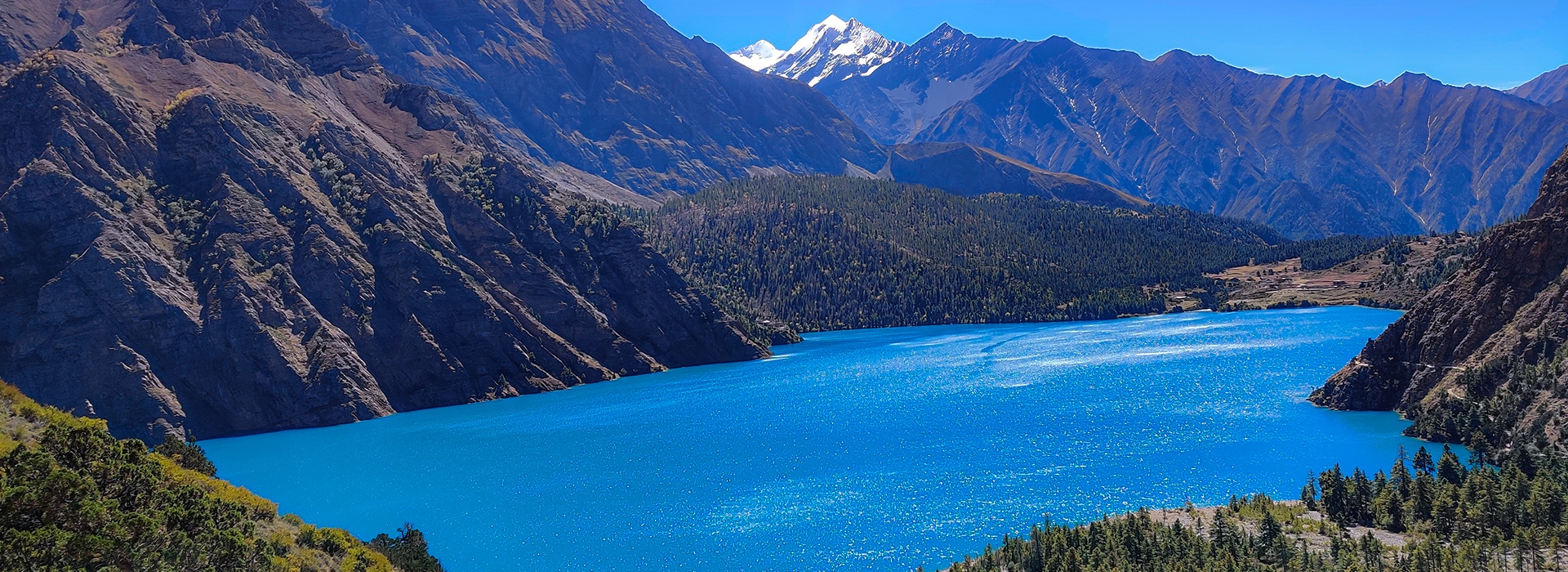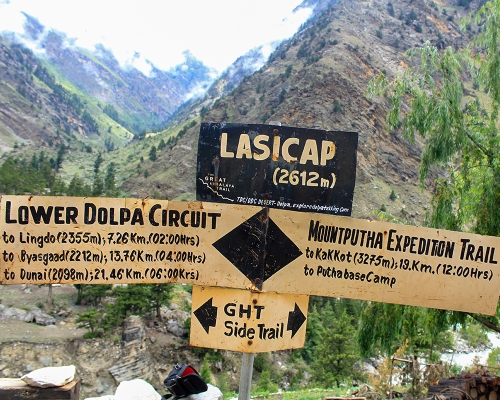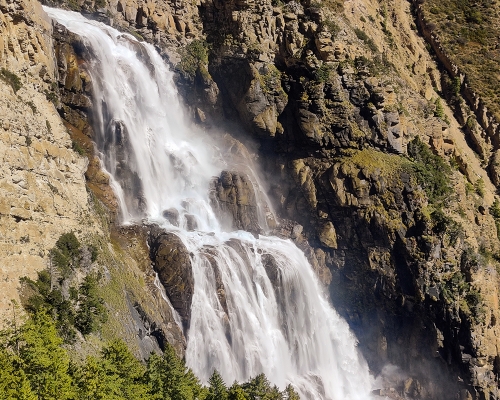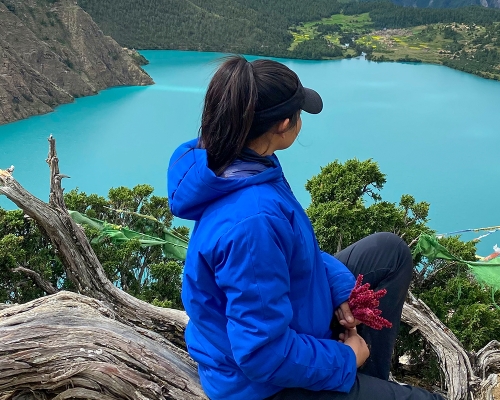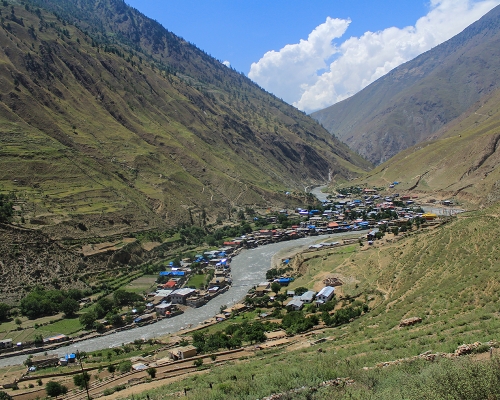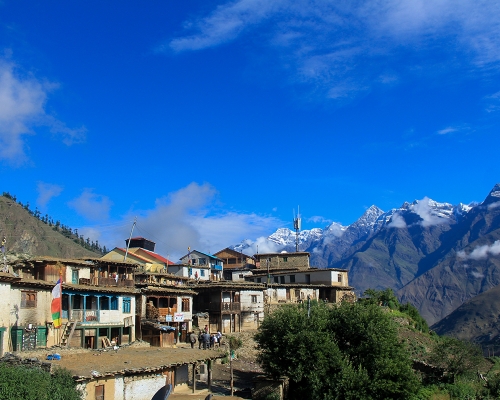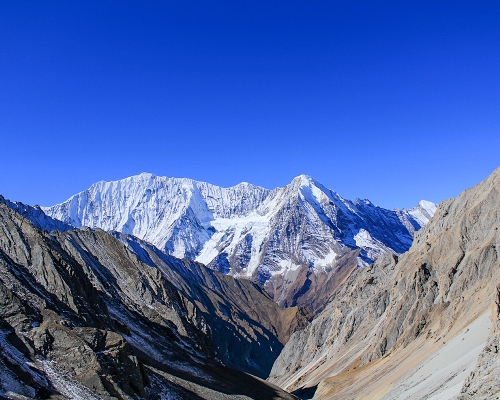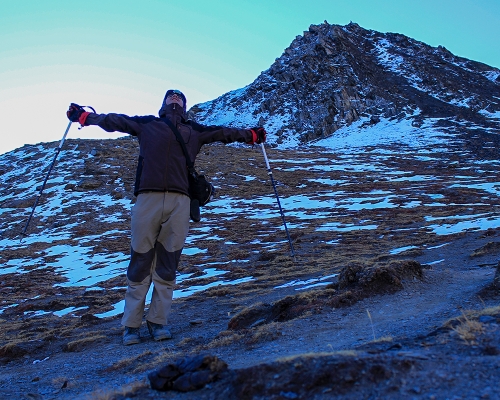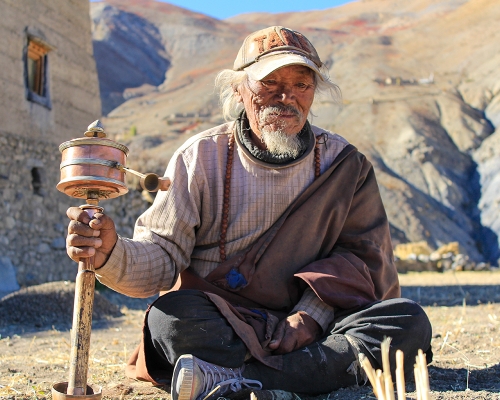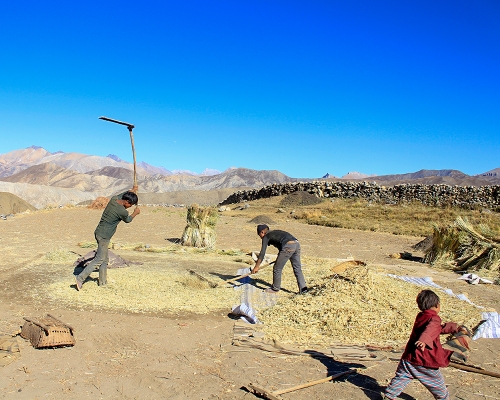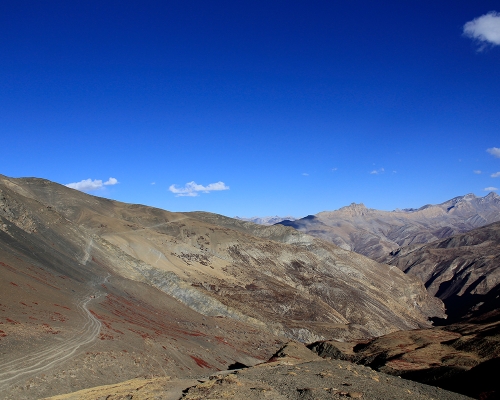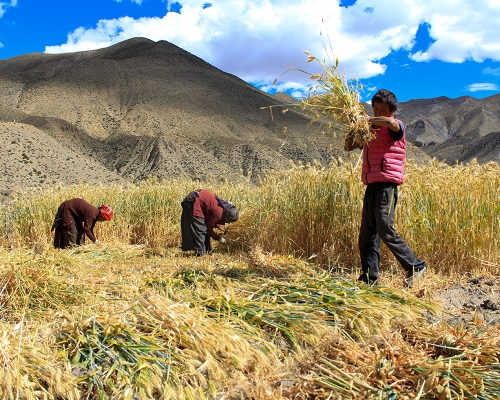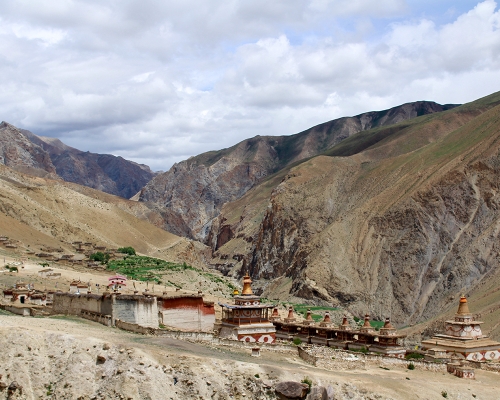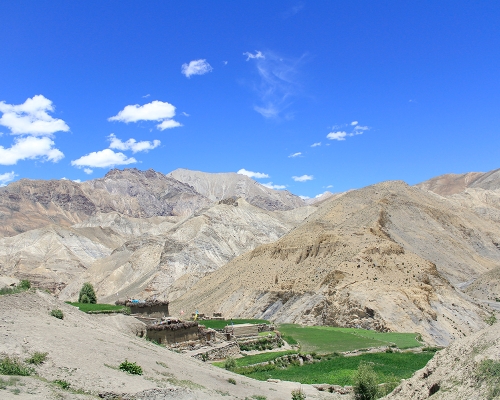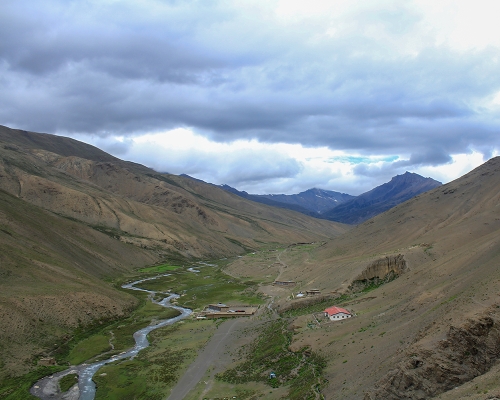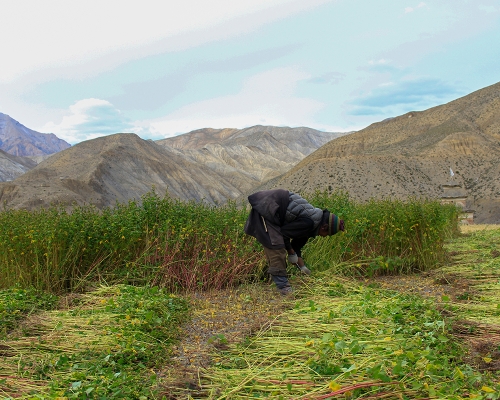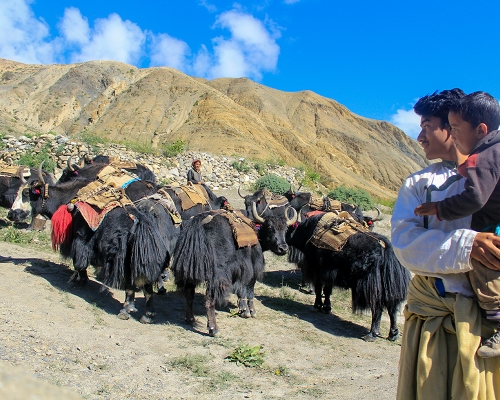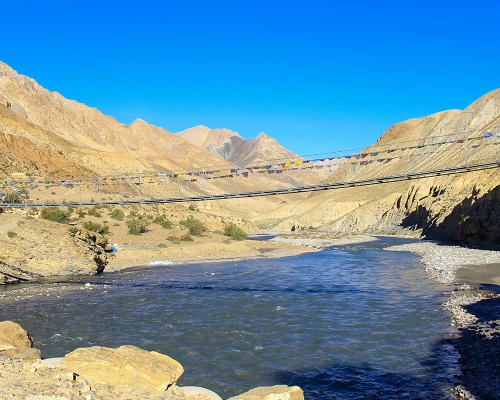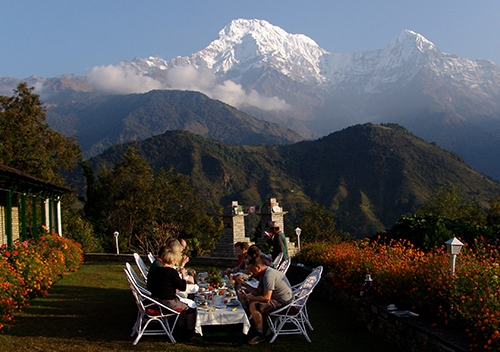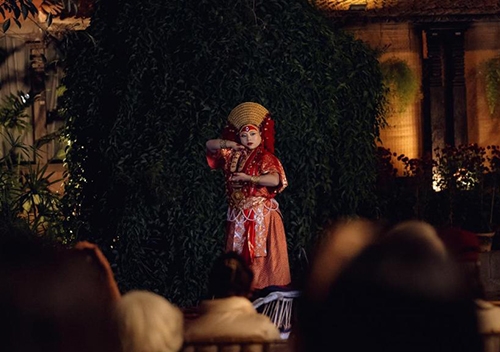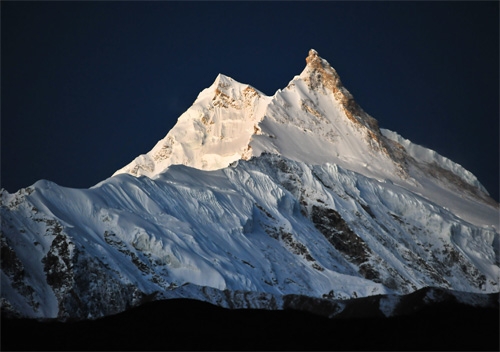Overview of Upper Dolpo Circuit Trek
Nestled between Lower Dolpo and the Tibetan borderland, the Upper Dolpo Circuit Trek stands out as a classic option, featuring culture and charm that one could envision existing just in the dreams of movie producers.
Dolpo, believed by many as one of the most alluring and enigmatic places in the Himalayas, is remote and wild. This region has been linked to Tibet for centuries, amidst towering peaks, atop the world's roof. With a mixed landscape and extraordinary biodiversity, Dolpo forms a connection between the Tibetan plateau and the hills of Nepal. Along the Thakchu Khola, at an elevation of 4100m, it hosts some of the highest constantly inhabited settlements on the planet.
Historically, the conventional route to Dolpo led from the south, navigating through the Dhorpatan Hunting Reserve along a trail utilized for centuries as a salt trade route. Today, the primary entry and exit point for most trekkers is the dirt airstrip at Juphal in Lower Dolpo. Multiple trekking alternatives traverse Dolpo, each offering spectacular scenery and presenting outstanding options for the Great Himalayan Trail (GHT).
The Upper Dolpo Trek forms a circular route, encapsulating all the expected elements of Dolpo, including its jaw-dropping cliffs, demanding trails, ice-cool lakes, and stunning mountain panoramas. Also acknowledged as the Trans-Himalayan Nepal Trek, this trekking adventure extends into the mid-western region of Nepal. Notably, the center of Dolpo hosts Phoksundo Lake considered one of the most picturesque spots in Nepal. This lake is a starting point for trails leading to Crystal Mountain, providing access to Bhijer, Saldang, and the northern villages, or to Dho Tarap and the valleys in the southeast.
The Shey Phoksundo National Park, along with its expansive Buffer Zone, fends the majority of Dolpo and eastern Mugu, encompassing a vast area of 3555 sq. km, making it Nepal's largest national park. Designated as the Trans-Himalayan Ecosystem, this region is culturally and environmentally delicate, necessitating the highest level of respect and preservation.
Dolpo shares a weather pattern similar to the Mustang region, resulting in the primary trekking season extending from May to October. Even though the high passes close only during winter, venturing out of season requires facing intense cold conditions. Unpredictable large storms, bringing significant snowfall, can occur before or after the monsoon, highlighting the importance of maintaining flexibility in your Upper Dolpo trek itinerary. While the day-to-day world may offer little motivation, the vast stretch up here creates a sense of endless possibilities. Gazing beyond the stars into the infinite ceiling helps rejuvenate a tired mind and resets the internal yearning clock. Perhaps, trekking across Dolpo is like peering through a delicate-looking glass into the deepness of the soul.
Trekking in Upper Dolpo became allowable in 1992. Still, the considerable permit fee of USD 500 per person for a 10-day duration has prevented numerous trekkers from embarking into this exquisite region of Nepal. Those who have boldly embraced the cost enthusiastically proclaim that the experience was worthwhile!
Highlights of Upper Dolpo Circuit Trek
- Admire the enchanting azure shades of the alpine Phoksundo Lake
- Indulge in the breathtaking vistas of the Trans-Himalayan mountains and deserts in Nepal
- Experience a close encounter with Upper Dolpo's holiest summit, Crystal Mountain
- Diverse flora and fauna abound in the Shey Phoksundo National Park, serving as the habitat for animals like snow leopards, blue sheep, mountain musk deer, and many more
- Explore Shey Gompa, Yangze Gompa, and Bon Gompa
- The challenging trek through the isolated highest mountains
- Witness the springtime hunt for Yarcha Gumba, a peculiar fungus that resembles a caterpillar and is highly prized for its purported therapeutic properties
Major Attractions of Upper Dolpo Circuit Trek
Shey Phoksundo National Park
Established in 1984, many believe this national park is one of the most stunning in the world. Spanning altitudes from 2130m in the southeast to 6883m at the peak of Kanjiroba, the majority of its expanse is situated north of the primary Himalayan crest. The park's broad goals include overseeing activities within the designated regions and fostering conservation efforts. Collaborating with local community development initiatives, the projects strive to implement environmentally sustainable methods for enhancing the ecosystem.
Crystal Mountain
Having a commanding presence above Shey is the sacred Crystal Mountain, revered as the holiest peak in Dolpo. Marked by veins of clear crystalline material, it draws people from all corners of Dolpo every July for the formal kora walks around its summit, a cleansing of sins. Some even partake in drinking rock dust from the peak. The journey involves crossing a pass adorned with yak horns, culminating in the celebrations at the cave of enlightenment belonging to Drutob Senge Yeshe.
Shey Gompa
Renowned locally as Shelri Sumdho Gompa, the monastery's enchanting charm captivates its visitors. Taking its name from the neighboring Crystal Mountain in the western valley, the monastery was founded by Tendzin Raspa, and his reincarnate family remains in charge of activities at Shey. The monastery hosts a summer festival yearly, drawing attendees from various territories of Dolpo. Surrounding the monastery are several chortens, while inside, the main icons include Dorje Chang, the earthly Buddha Sakyamuni, Tara, a skeletal Buddha, Milarepa, and the Karmapa positioned behind the Torma butter images.
When is the Best time to do the Upper Dolpo Trek?
Like much of all trekking routes in Nepal, the ideal periods to explore Upper Dolpo are spring (April to May) and fall (October to November). During these times, the weather remains mild, the skies are clear, and the likelihood of snowfall at higher elevations is minimal. Late or early snowfall is more probable in April and November, potentially causing some passes to be impossible to cross.
How Difficult is the Upper Dolpo Circuit Trek?
If you are in perfect physical condition and have seriously prepared for this adventure through regular cardiovascular exercise, undertaking the Upper Dolpo trek Nepal doesn't require any distinctive skills or prior mountaineering experience.
However, be aware that this is a burdensome trek spanning approximately three weeks, set in isolated terrains with limited access to modern amenities. The journey involves traversing multiple mountain passes exceeding 5,000 meters in elevation, where the air is thin, and symptoms of Acute Mountain Sickness may occur.
To minimize the risk of having to abandon the trek, we've meticulously devised an Upper Dolpo trekking itinerary that allows abundant time for acclimatization as we ascend into the western Himalayas. Your experienced guide from Footprint Adventure will closely monitor the well-being of each trekker in your group, prioritizing your safety throughout the journey.
Why Choose Footprint Adventure for Upper Dolpo Circuit Trek in 2025/2026?
Footprint Adventure offers safe, enjoyable, and meaningful trekking experiences in Upper Dolpo. Our team is licensed, experienced, and trained in first aid so that you are well taken care of at all times. We build custom and flexible itineraries that will suit your interests and pace. We are environmentally friendly, caring about nature, planning plastic-free trips, organizing clean-up activities, and tree planting days. We guarantee the best price every day and offer great value without sacrificing service. Our team is available to answer your questions 24/7, so feel free to reach out any time. When you trek with Footprint Adventure, you also support local communities and environmental conservation projects in Nepal. If you would like any additional information or have any questions regarding trekking in Upper Dolpo or any other trekking regions or interests in Nepal, please feel free to reach out anytime.

